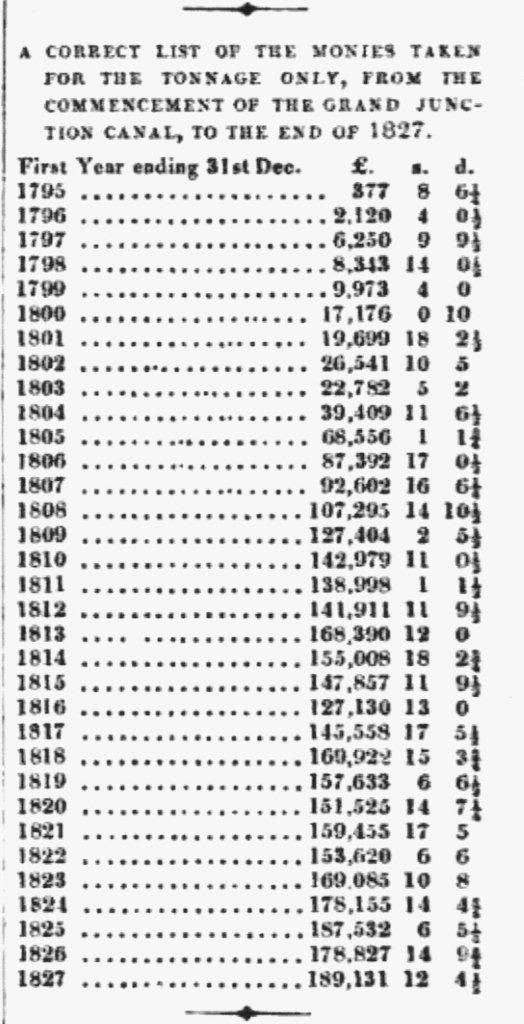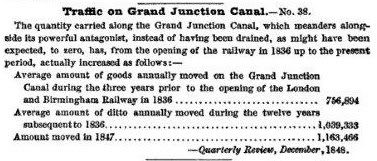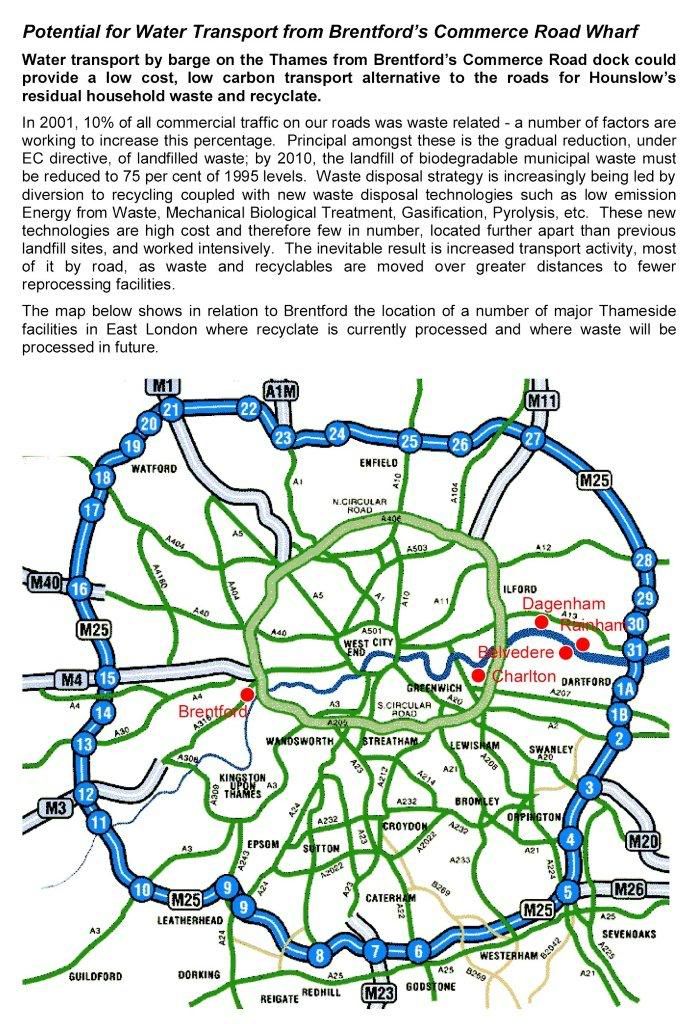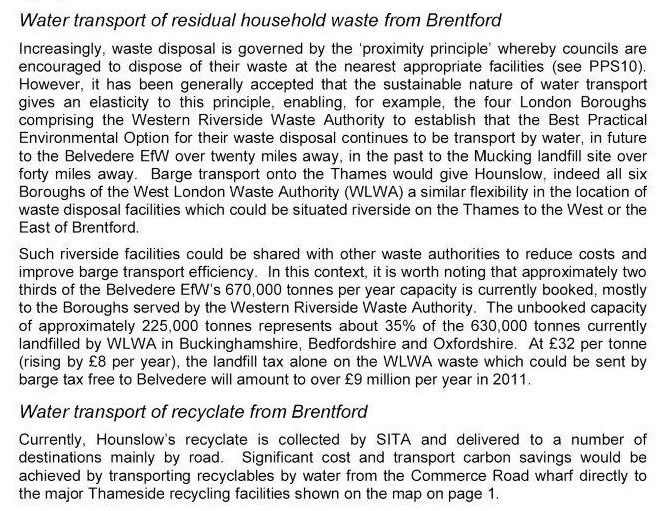Hi Nic – it’s easy enough to answer; in this instance I represent the Brentford Community Council as their waterways advisor, and it’s simplest to just look up the website to find out about the group. Being a resident with your vested interest in the area, you are more than welcome to attend the meetings and present your views. As to importance, well we don’t pretend to be “grand”, but we have been influential in presenting the views of the community to the Council’s planning department on virtually all significant applications. We have also actively supported the Council’s defence against the most prominent planning appeals over the past 5 years, such as the Kew Bridge site and Commerce Road.
In terms of impeding progress, well your viewpoint on that will be influenced by whether or not the progress is or is not perceived to be “in the best interests of” you and Brentford residents at large. If we and the Council had not defended its Commerce Road decision for example, the Island residents by now would be looking up at 15 story tower blocks directly opposite them. I doubt that they would consider the time and energy spent on the legal challenge wasted. The end result has been to force BW and their development partners to at least put on a show of consultation with the residents of Brentford, and allow community input into the future of the site.
If you are a Ferry Quays resident directly affected by the moorings proposal, then the issue is far simpler – the residents association input [both directly and via the BCC] has been predominantly concerned with the Soaphouse Creek application that is not being challenged. Their main concerns over the River Brent scheme have been over the residential question and proximity to the lower floor windows at high tide. If nothing happens at all in this particular location, the residents would be perfectly happy so far as I can tell.
I acknowledge that for those unfamiliar with the background, and with the capability of the canals, there will be agreement with Mr Kenton’s comments, which understandably sound as though they are the cold voice of reason opposing the “fanciful” dreams of minority enthusiasts. He says -
“If the desire to reinstall commercial use of the canals is genuine, then there would have to be enormous investment in the infrastructure, the canals would have to be widened and there is no foreseeable future where that sort of investment would be viable.”
But this is not so. The present access between Brentford pool and the Thames is more than adequate to the purpose, with enormously profitable business plans suggested for waste transfer between Brentford and Belvedere for example. Agreed, that is not really involving the canals [other than the portion affected by the moorings application], but the canals can cope with far more freight traffic than the modern era will ever see. There WOULD be considerable investment needed to address the backlog of maintenance requirements, but that is money that BW have always been obligated to expend on the purpose anyway.
There is no question of the canals being widened in the way Europe treated their canals; the scale of the English system is just too small for that, and their appeal to the world’s tourists with their money would be lost entirely if that was ever undertaken and their essential character lost.
The fact remains that the system we have is still capable of carrying very useful tonnages; it’s simply that a viable number of transhipment points have to be preserved in order for that capability to be taken advantage of. The Grand Junction Canal was designed to carry at least 100,000 tons per annum – and that, of course, was when literal horsepower was the only motive force available. By the time it had been fully completed in 1805, use of it had already outstripped that estimate by 40,000 tons. The quantities carried increased continually, so far as the records I’ve seen, up until the mid-19thC – and that was prior to duplication of the Thames and the Gauging Locks.


Yes, it’s “just” history, but figures like those show what the canal system is capable of carrying. This being 2010, such intensive commercial use will never be seen again but that is not the point. The markets that could and should be using the waterways now, would have an ecological impact far beyond that of any other time. This being 2010 when we are being encouraged to refrain from leaving electrical equipment on standby because of the accumulative effect on the environment, every load that can be carried by water rather than by road makes a huge comparative difference. It takes only 1 taxi-cab engine to shift 50 tons on the canal – think how many HGV’s that takes off the road.
BW, when trumpeting their freight encouragement credentials, still make reference to their research into waste transfer in Hackney – a successful pilot scheme run a few years ago. The consultant who initiated and ran that scheme has produced a report on Brentford, and has indicated his willingness to produce a detailed business study for the borough. His own words show the potential better than I could –


The whole point of the planning policies that seek to preserve the network of essential waterways infrastructure is to ensure that the POTENTIAL remains for the future exploitation of this increasingly desirable option. The policies are not contingent upon whether any imminent freight proposal is in the offing. It is those policies, both of the Mayor’s London Plan and those of Hounslow Council that we are seeking to uphold. We may well not succeed, but that won’t make the effort not worthwhile.